Saint John’s superlative is that of being the easternmost
city in North America, just a very short distance from the actual easternmost
point on the continent. I calculated
from some maps at one of the tourist sites that in Saint John’s I wasn’t quite
halfway to Ireland from New Jersey, but I was about 40% of the way there.
The city is also the provincial capital and the second
largest city in the four Canadian maritime provinces after Halifax. That says
something about the size of the Maritimes since St. John’s is a pretty small place.
With a population slightly over 100,000 in the city and 200,000 in the metro
area, as small as Saint John’s seems the metro area still makes up 40 percent
of the province’s population.
Newfoundland is sometimes called “The Rock” because most of
its shore is rocky and most of its landmass consists of thin soils over rock
that supports limited vegetation in many areas. This is very apparent in Saint
John’s where the small sheltered harbor is connected to the Atlantic by a
narrow strait between two steep hills appropriately called The Narrows.
It’s
actually quite a stunning location that looks a mini version of the Marin
Headlands and Golden Gate entrance to San Francisco Bay.
This made for a perfect harbor in the olden days because of
its shelter and defensive potential. The harbor is now too small for today’s
huge ships, though, the larger of which like oil tankers use newer more modern
port facilities in Conception Bay.
I arrived in town in a brief window of glorious sunshine and
headed directly for Signal Hill, the hilltop fortifications on the north side
of The Narrows that defended the city in the 1700s and saw action in the
conflicts between the French and British during that century’s wars for control
over North America. The castle like structure on top of the hill known as the
Cabot Tower wasn’t built until the early 1900s, though. The trails around the
hill and down toward the narrows give absolutely stunning views of the entire
Saint John’s area as well as the harbor.
Until the fog rolls in, that is. It was there that I met Chief, a huge
friendly 145-pound Newfoundland dog whose human brings him regularly to the
site for the attention he adores and pictures with the visitors.
I decided it I
ever get a dog, I want a huge Newfoundland.
Saint John’s is a place all its own, but I’d describe it as
a cross between San Francisco and Galway – San Francisco for its hills, fog,
and brightly painted houses with great harbor views and Galway for its Celtic
culture, music scene in its pubs, and its brightly painted houses with great
harbor views. With houses along steep hills painted every color of the rainbow
you might be inclined to think this city is full of gays or something, although
to my knowledge it’s no particular such mecca.
Besides Signal Hill there aren’t too many major attractions
in Saint John’s. The city’s Anglican Cathedral and Catholic Basilica, both
striking from the distance on their hillside locations, are naturally both
named for Saint John the Baptist. The huge modern building nearby which
dominates the hilltop is known as The Rooms and serves as the city’s cultural
center with archives and art and history museums. I found the art gallery to be
a bit of a disappointment, but the provincial history museum is really good
with a lot of detail about the history and culture of the province.
One thing I found interesting is that most Newfoundlanders
are descended from a rather small total number of settlers who arrived over a
century up to about 1840 mostly from southwestern England and southeastern
Ireland (Waterford, Wexford, and Kilkenny Counties). That was before the potato
famine and mass migration from Ireland; few of the immigrants to North America
who immigrated during and after the famine went to Newfoundland.
The dominant Irish immigration to the province is the reason
behind the unique Newfoundland accent and slang which sounds more Irish than
Canadian. Oh, and the food and music too. Saint John’s has a great pub culture
with lots of live music, the kinds of ballads and folk songs similar to those
you hear in Galway or Cork. The food is rather Irish too. Sunday happened to be
Father’s Day and I managed to get a traditional Jigg’s Dinner at the Celtic
Tavern, essentially a corned beef dinner but with several additional root
vegetable purees and pickles.
I booked a dorm bunk in a hostel for two nights in Saint
John’s and was pleasantly surprised when the owner offered me my own single
room for same price because it wasn’t booked.
What a bargain! This was another one
of those hostels affiliated with IYHF but essentially a private facility (in
contrast to those government run IYHF hostels in European countries), one of
those colorful row houses in a street in the historic hilly area not far from
downtown. Perfect for evening pubbing!
I wasn’t feeling very motivated when Sunday came along
because of the continued cold and fog. How can it possibly be so cold here in
June? Well, it’s been consistently 10*
to 20* below historical averages for the month over the last few weeks, so it
really isn’t normal. With the fog rolling
in continuously I saw little reason to go on the coastal cliff hike north of
the city I had planned. Instead I just made a short stop at Quidi Vidi Cove, a
characteristic “outport” only a few miles from downtown. I found it to be more
touristy than impressive but did like the Quidi Vidi microbrewery’s tap room. Quidi
Vidi is Newfoundland’s largest microbrewery and is famous for its premium
Iceberg Beer which is actually made with water taken from icebergs. The novelty
of it is fun but still prefer their Double IPA, though.

 St. John's, Newfoundland and Labrador, Canada
St. John's, Newfoundland and Labrador, Canada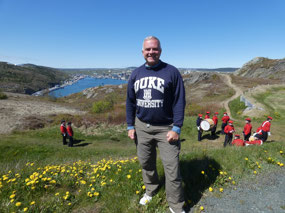
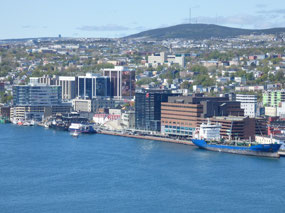
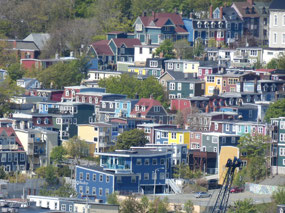
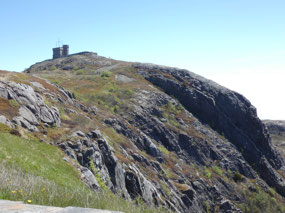
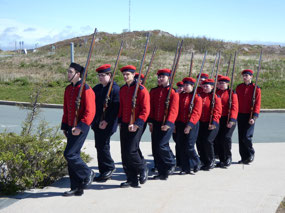


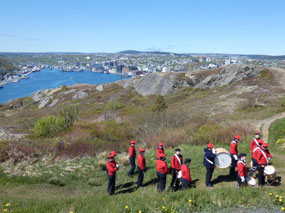
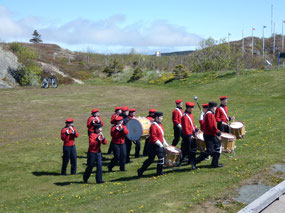
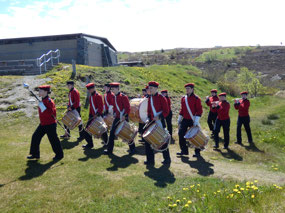
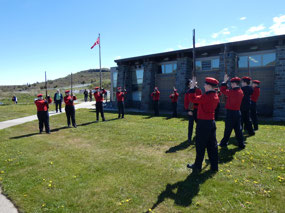
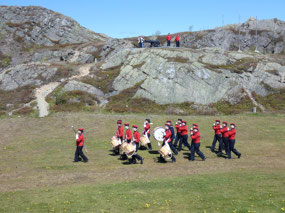
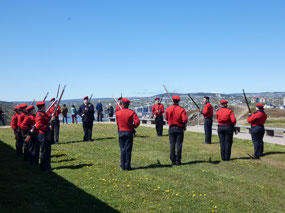
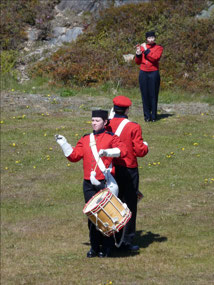
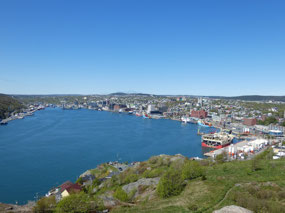
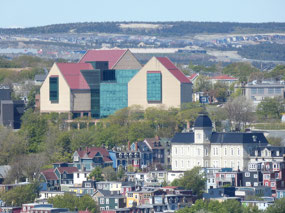
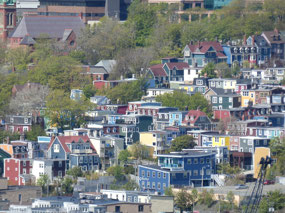
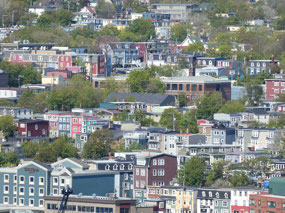

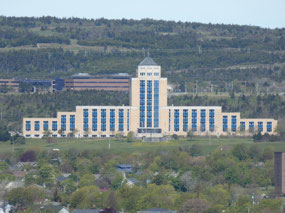

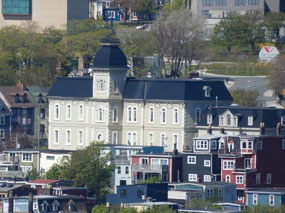
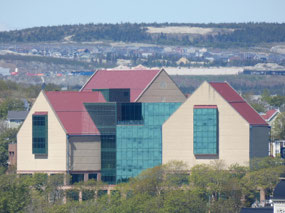
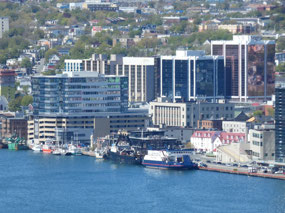

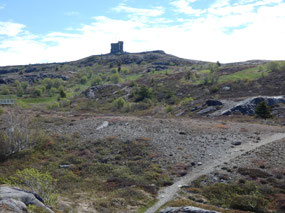
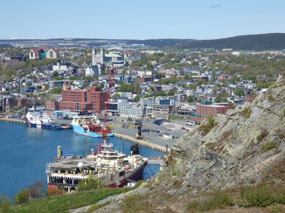
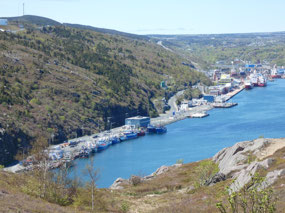
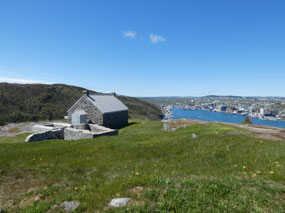
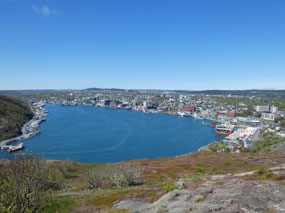
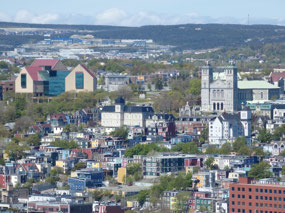
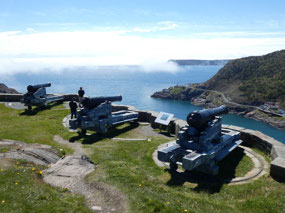
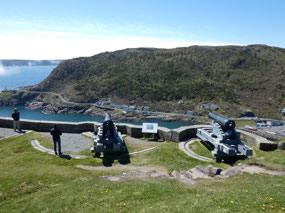
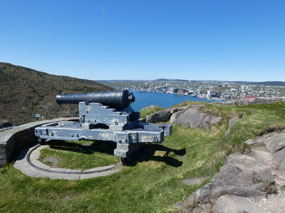
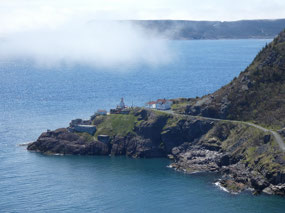

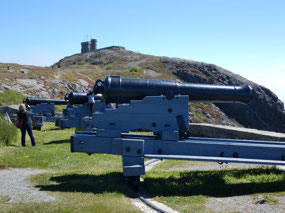
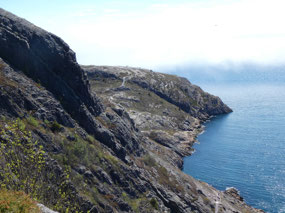
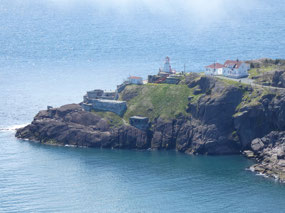
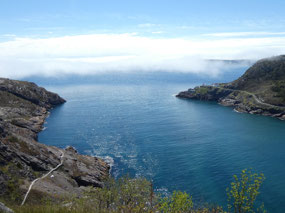
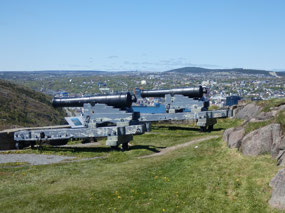
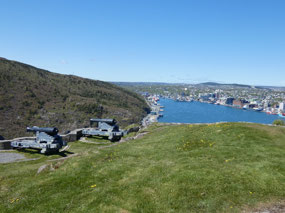
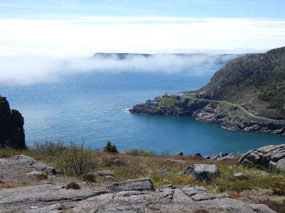
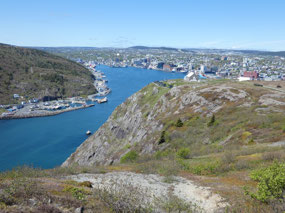
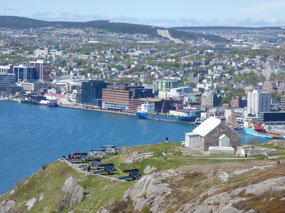

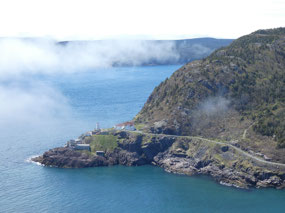
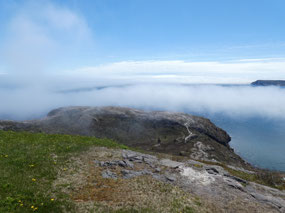
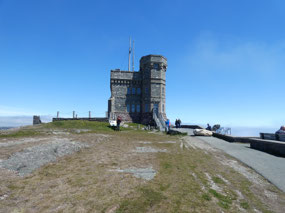
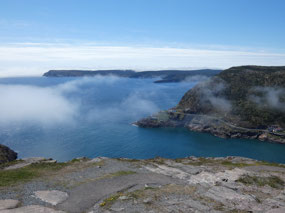

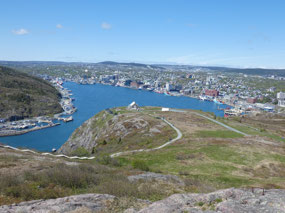
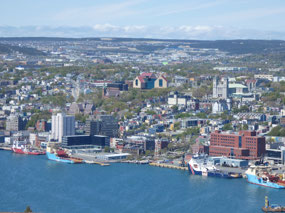
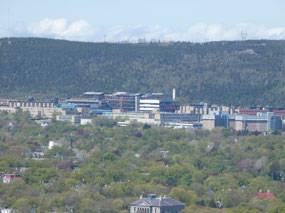
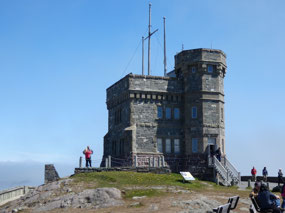
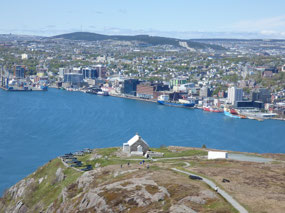
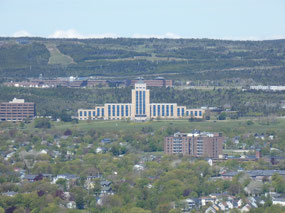

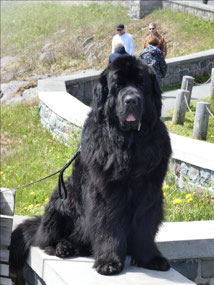

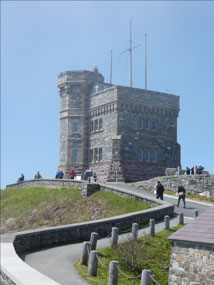

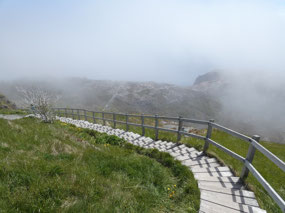

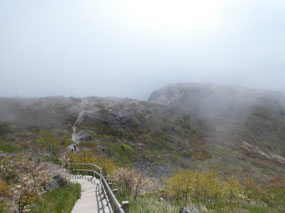
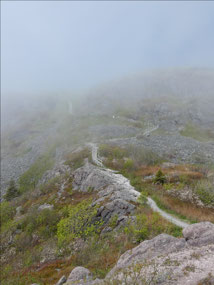
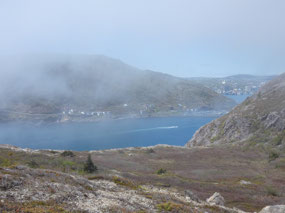

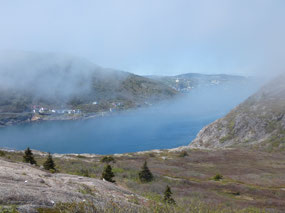
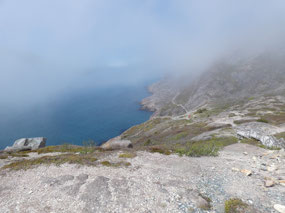
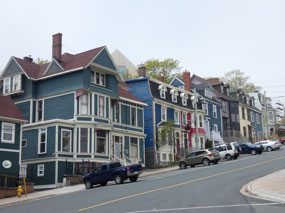
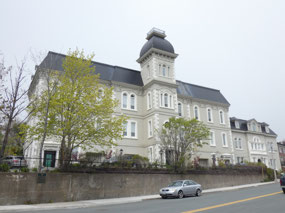
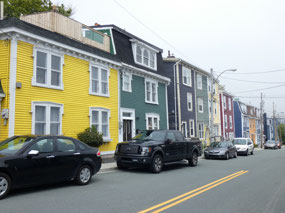
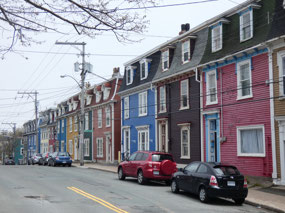
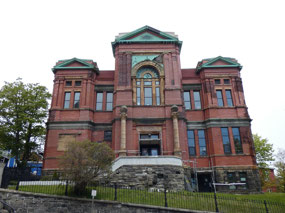
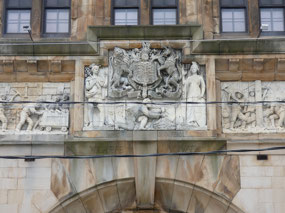
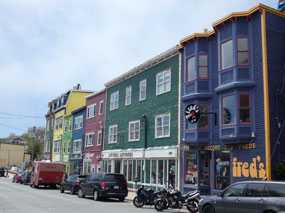
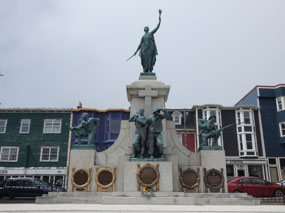
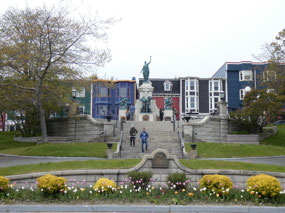
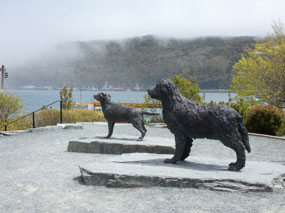
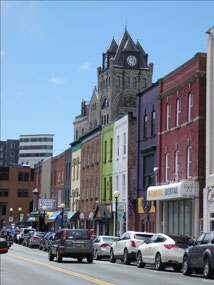
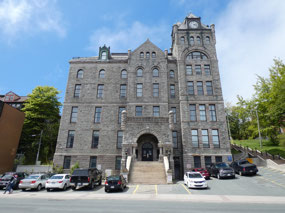
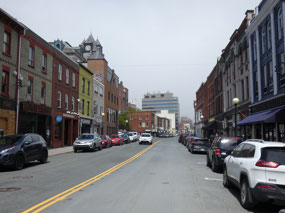
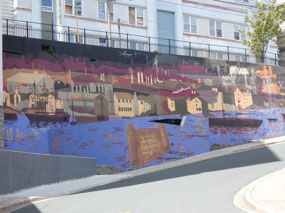
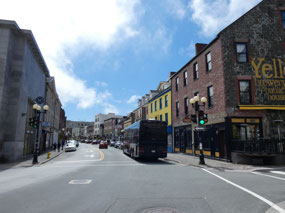
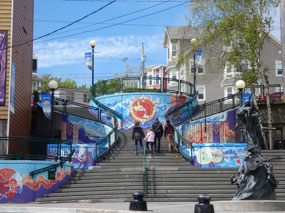
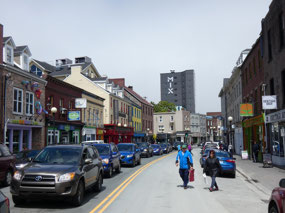
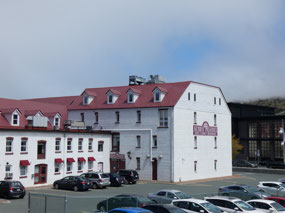
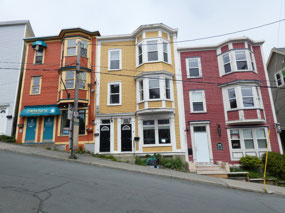

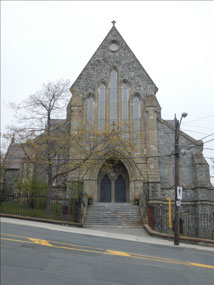
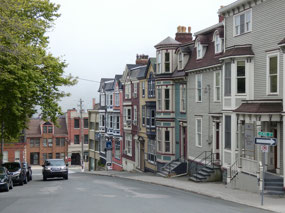
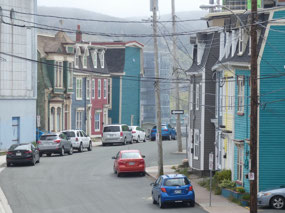
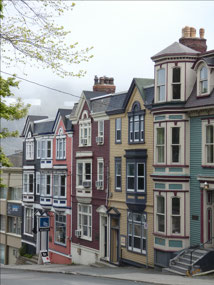
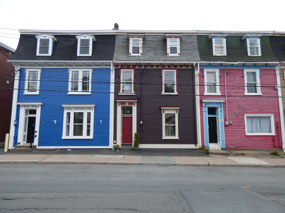
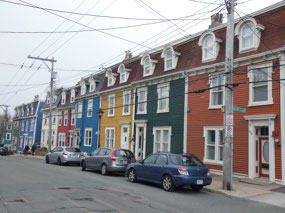
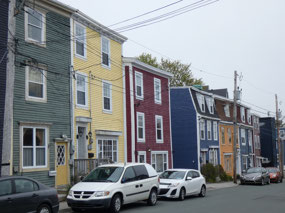
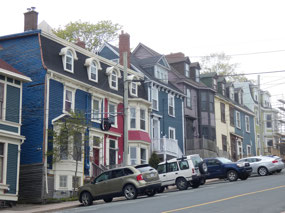

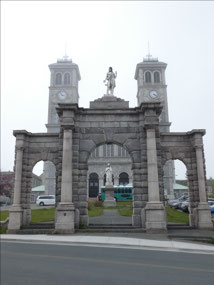
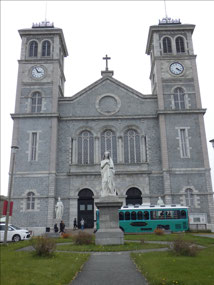
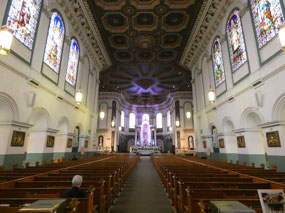
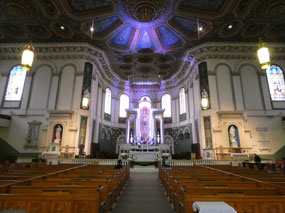
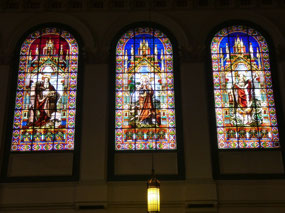
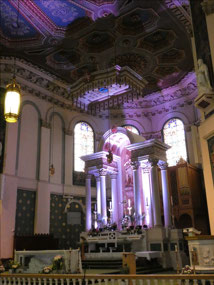
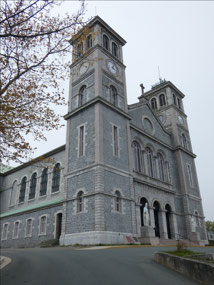

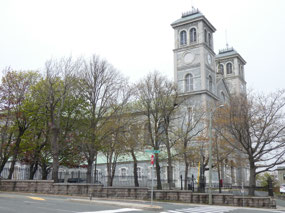

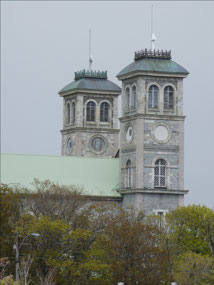
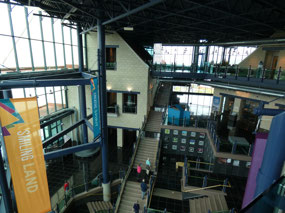
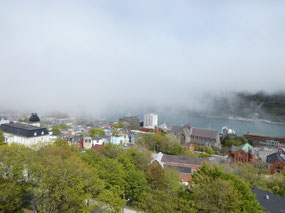
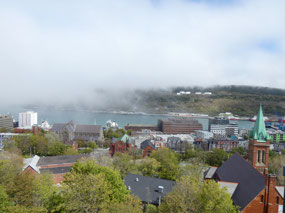
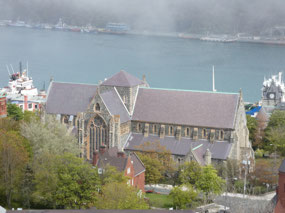
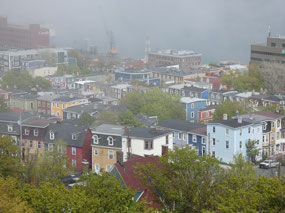
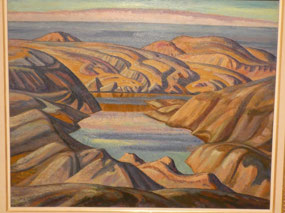
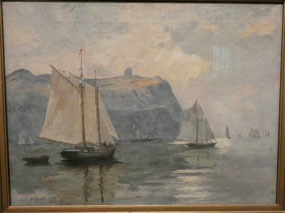
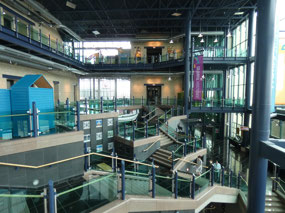
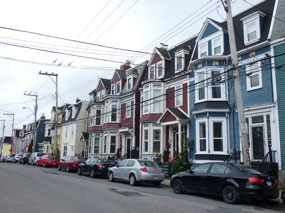
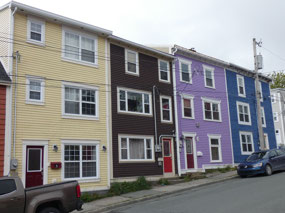
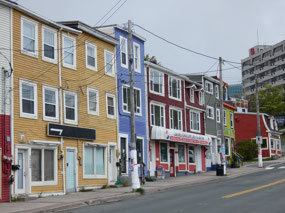
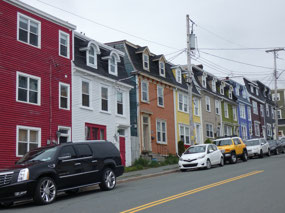

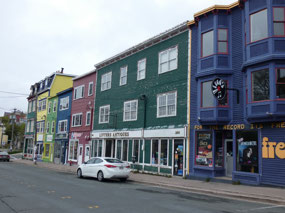

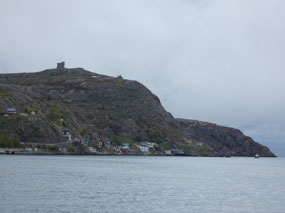
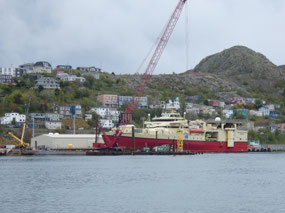
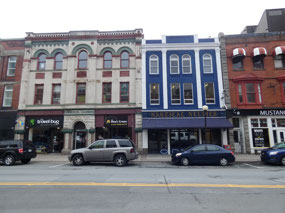
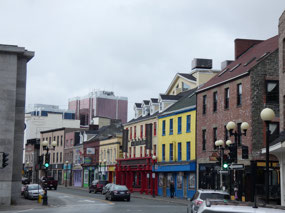
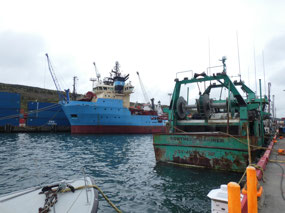
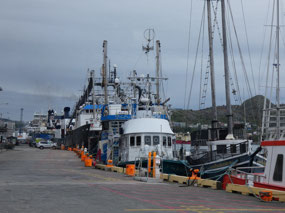
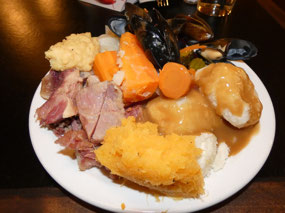
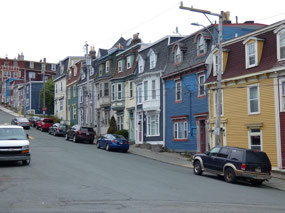
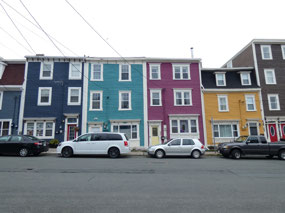
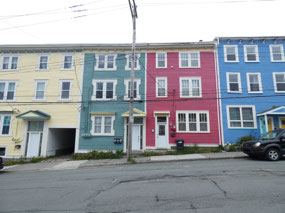
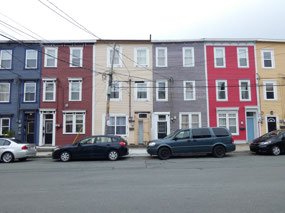
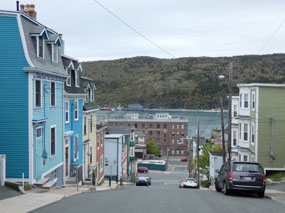
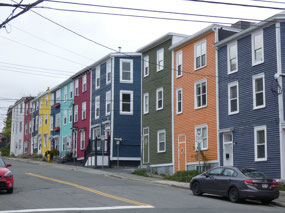
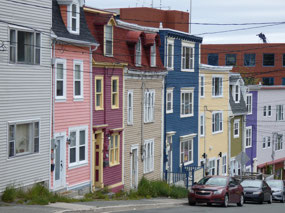
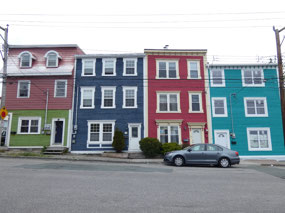
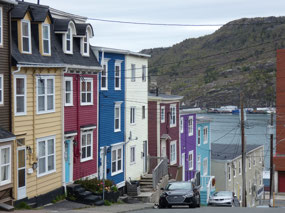
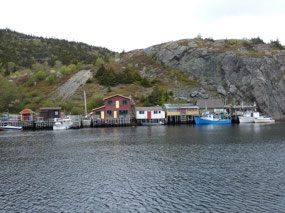
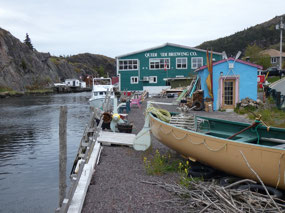
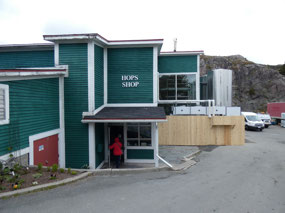
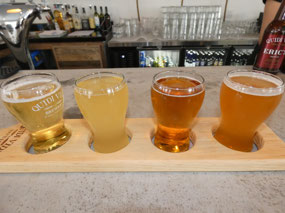


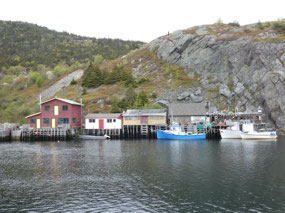
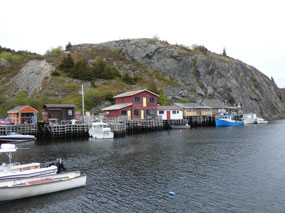
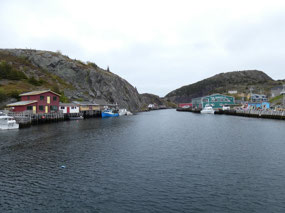
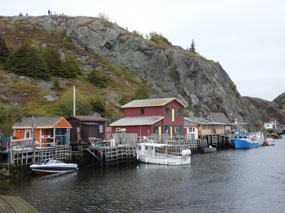
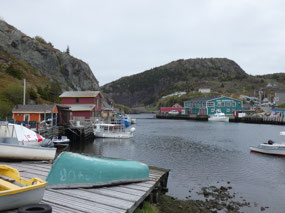
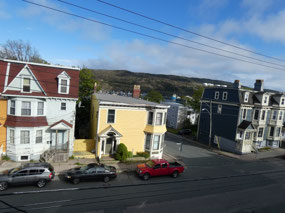
2025-05-23